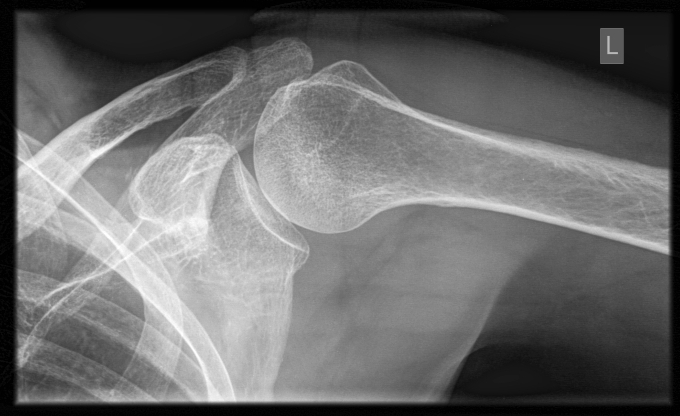
And one of the most common fractures out there is the proximal humerus, making up roughly 5 % of all reported fractures. And it’s with this in mind that, today, we’re bringing you our back-to-basics rundown of this all-too-common fracture.
The Anatomy Of This Fracture
For those of you who aren’t human anatomy buffs, the shoulder is made up of three unique parts: the upper arm bone, shoulder blade, and collarbone. These parts come together in a ball-and-socket joint, with the upper arm ball slotting into a shallow shoulder blade socket.
In the case of a proximal humerus fracture, a break occurs in the upper arm bone near the shoulder joint.
Causes
For such a common injury, there really are only a few scenarios in which you might suffer a proximal humerus fracture. The most common is a fall from standing height, where you land on an open palm. Older patients are particularly prone to this, owing to their increased risk of osteoporosis and weakened bone structure.
The other leading cause of this kind of injury is high-energy trauma, such as car accidents. This is more common in younger patients.
Proximal humerus fractures, typically, feature the following classifications:
- Displaced: Bone pieces at or near the fracture site, separated and shifted away from their natural positioning. Fractures like this might require surgery to rectify.
- Nondisplaced: Bone pieces at the site of the fracture separate, but are not moved out of position as a result. Patients may not require surgery in order to rectify this.
Fracture Symptoms
- Pain, bruising, and swelling
- Restricted shoulder movement
- Arm numbness and tingling
- Notable upper arm deformities
Fracture Treatment Options
When patients recover from non or minimally-displaced proximal humerus fractures, there’s a chance they won’t be able to undergo surgery. In these cases, a sling will be necessary to encourage immobility. You’ll wear these for a period of up to six weeks or until X-rays show healing.
You’ll find physical therapy at the top of your list of recovery techniques, as well. This helps patients regain strength and develop their range of motion.
In some cases, surgery may be required. There are various surgical options depending on your fracture, from open reduction to internal fixation with a plate and screws. The latter is the most common approach in this situation.
And, depending on your specifics, there is a good chance you’ll be in serious need of a decent orthopedic implant to help you recover. Toby Orthopaedics is home to some of the most innovative proximal humerus plate systems on the market. Designed to address posterior humeral head displacement, reconstruct soft tissue, and minimize impingement, this sets the bar for this type of implant.
Interested in finding out more about orthopedic implant systems, either as a doctor or patient? Visit Toby Orthopaedics today, and discover our implant components for proximal humerus, flexor tendon, and long bone fracture repair.

